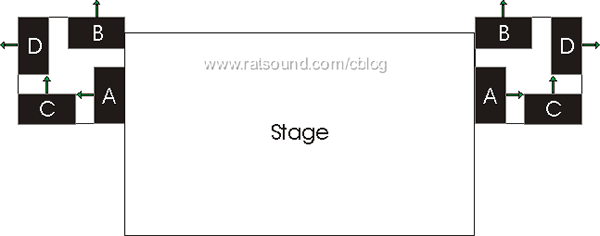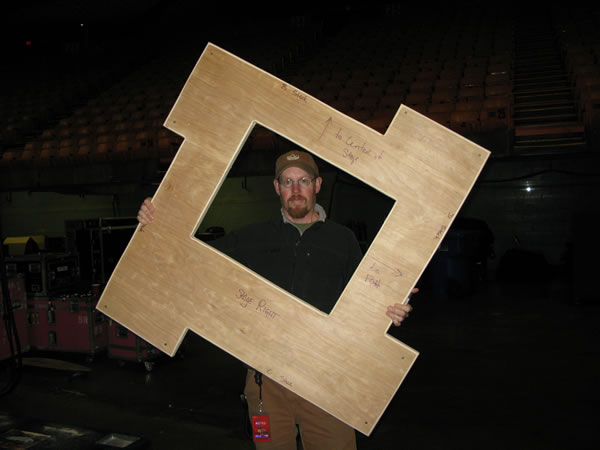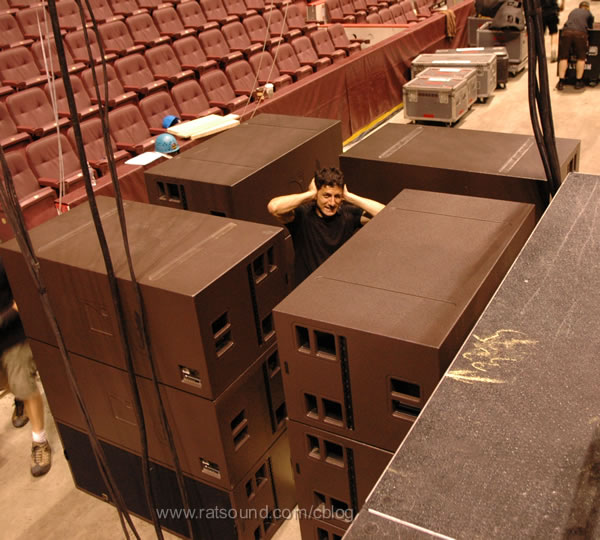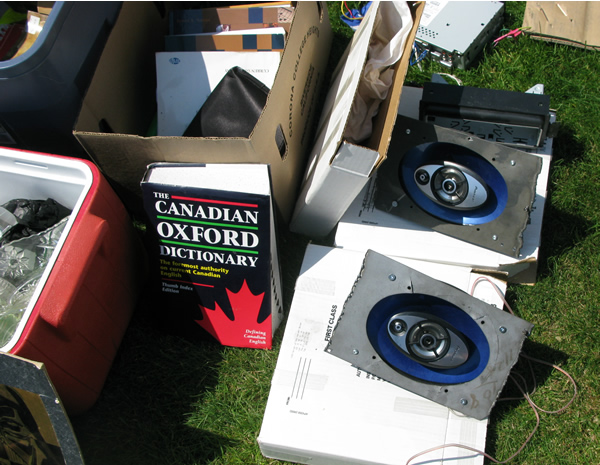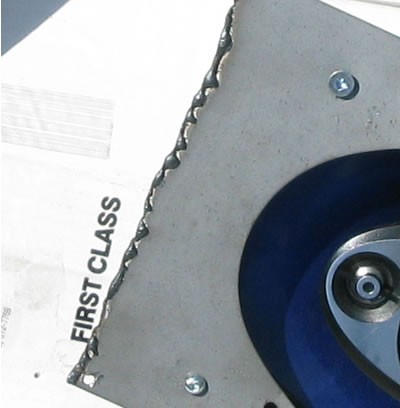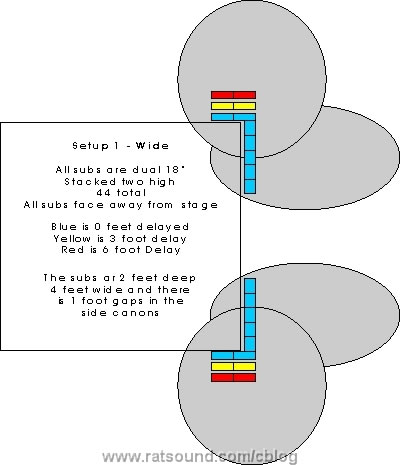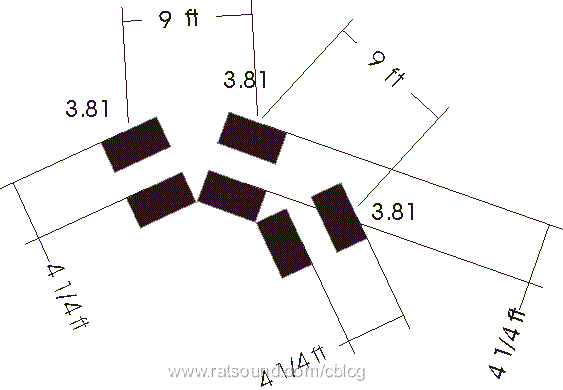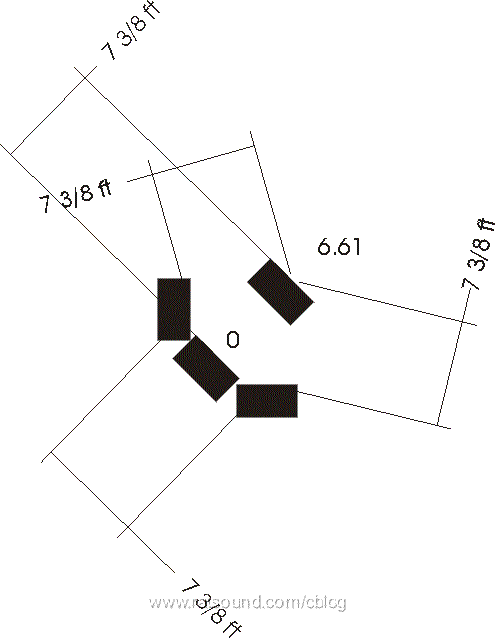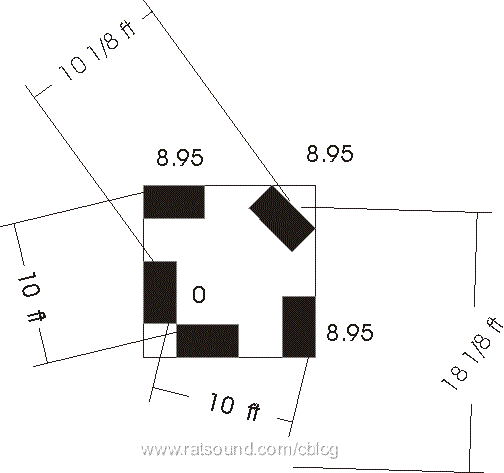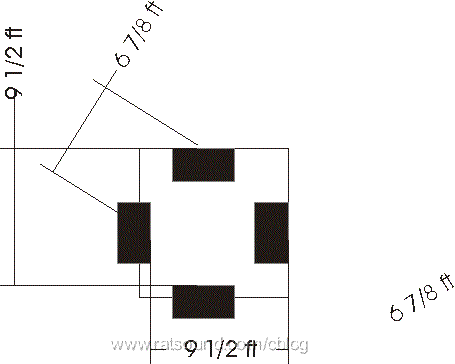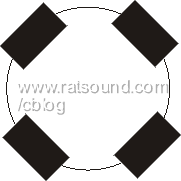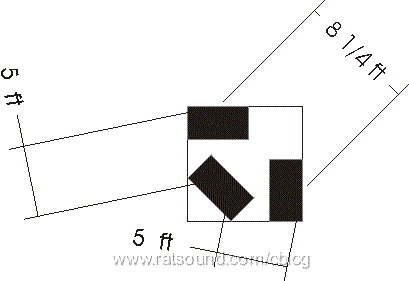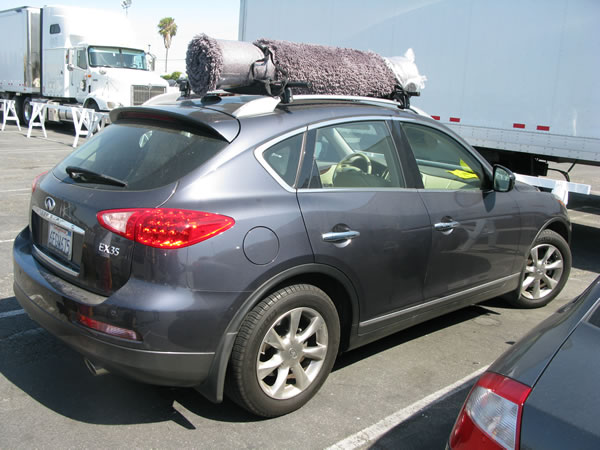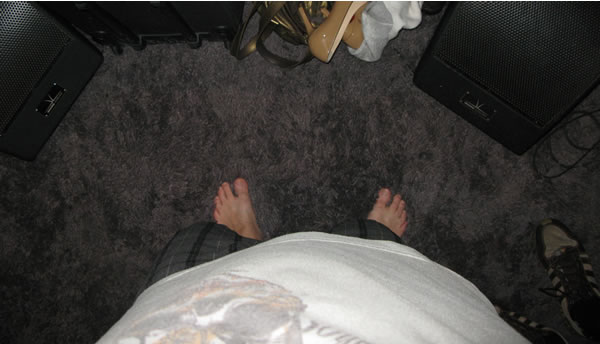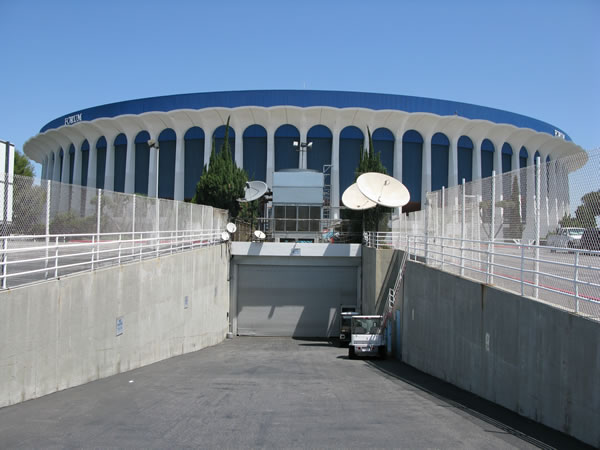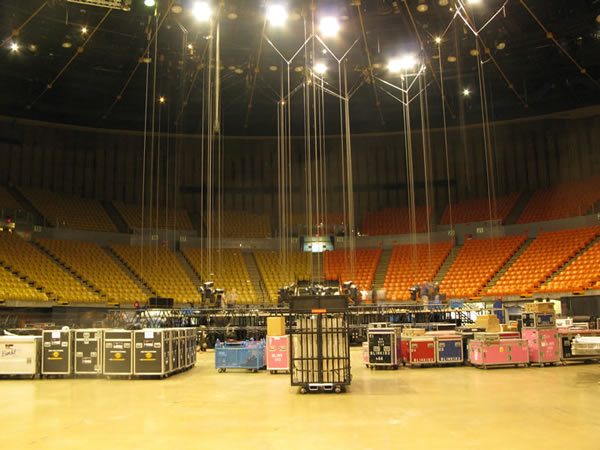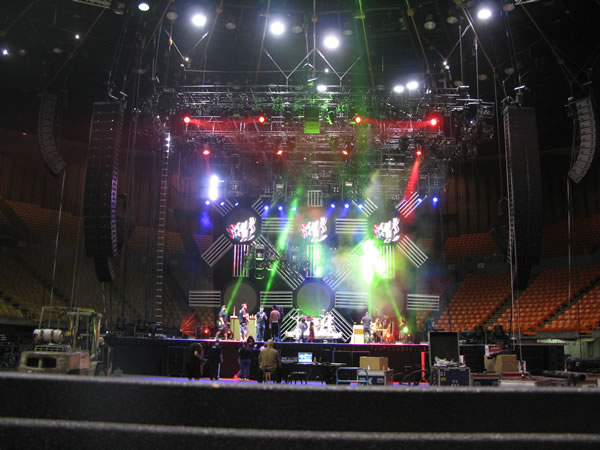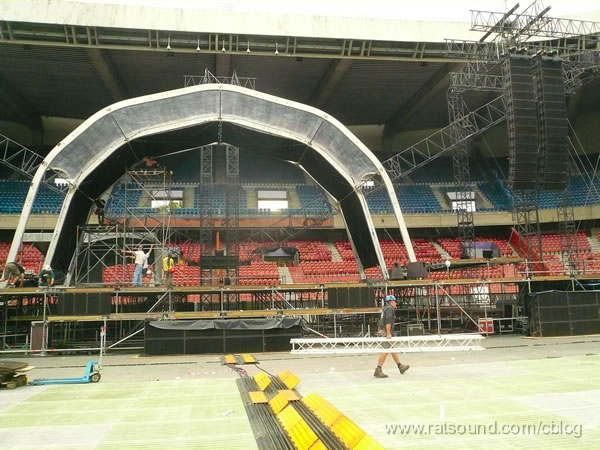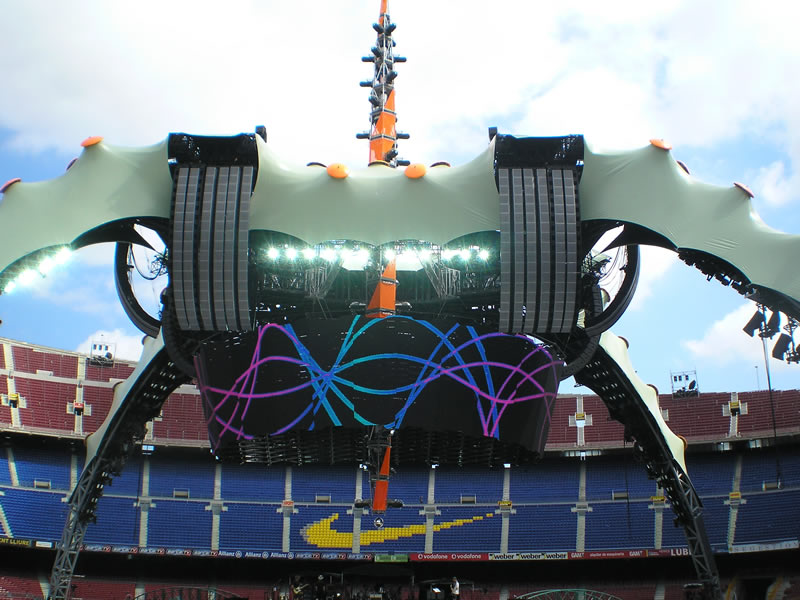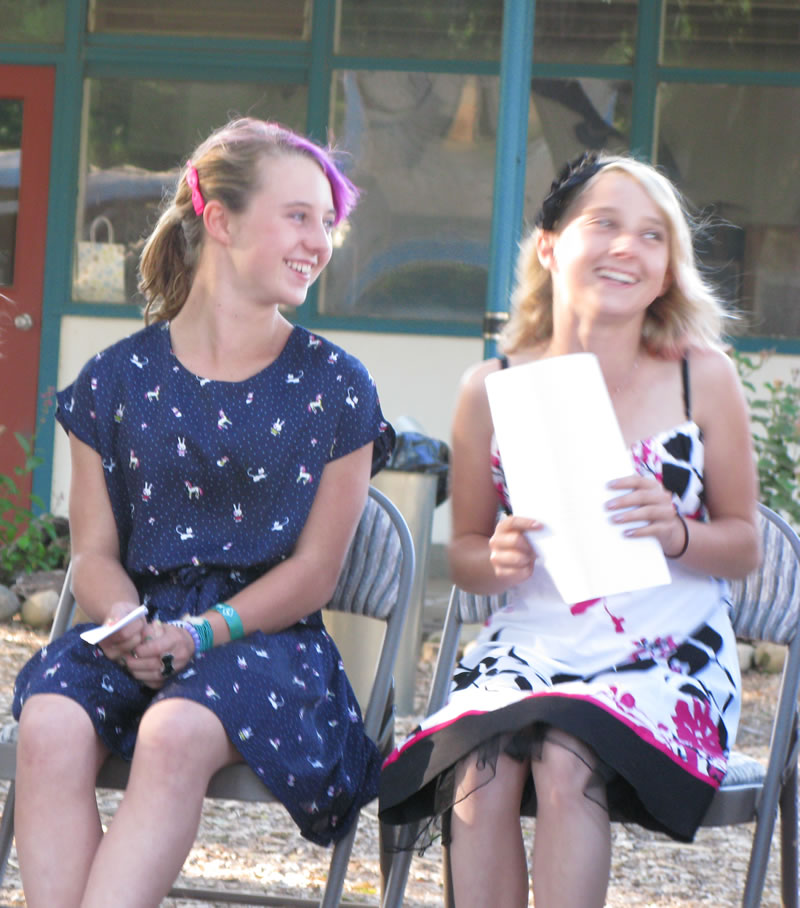Going Deeper
Sitting at out first real show with full production after doing the listen wanders. All American Rejects were on stage and I had my first chance to get a solid idea of how the Sub Vortex system is working. Yes, Scott, Vortex is winning like 30 to zero so far. Whatever. Anyway, we are pretty happy with the setup. The diagonal fire focus is really effective but a bit too wide of an angle. Rear and stage side cancellation is substantial. I am going to do one change next show and run them the opposite directions as I am calculating much better aim and focusing deeper to the rear of the venue. The time alignment comes up much cleaner with B and C being identical in delay and D at about double.
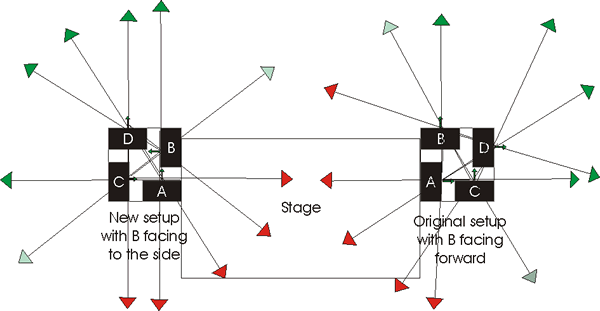
Plus the cancellation s are better aimed to the side and rear and it eliminates the D to B cancellation aimed into the audience center. I realize that for you tech head types, my drawings are probably shockingly over simplified and lack all the fancy colors and such, but hey, this is how I figure the stuff out, so I am sharing the raw methods.
Here are the actual shortest distances from acoustic center to acoustic center. Though in reality some of the path lengths are altered by the cabinets being in the way.
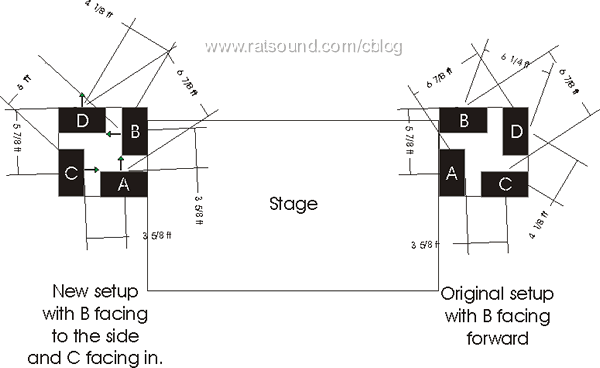
Grabbing the two approximate primary distances of 3.6 feet and 6 feet and taking a look at the effect on cancellations we should see behing and stage side of the array
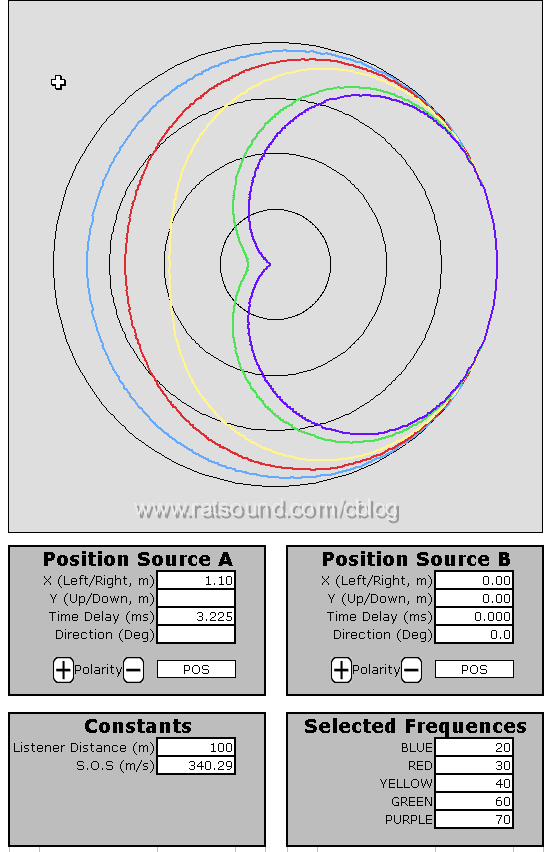
We can see excellent rejection in the 50 to 70 range for our B to A and C to A combos (50 is mid way between green and yellow but not shown). For our 6 foot DC and DA combos we see the polars below which offer more control to a lower frequency. The DB polars at 4 feet read somewhere in between these.
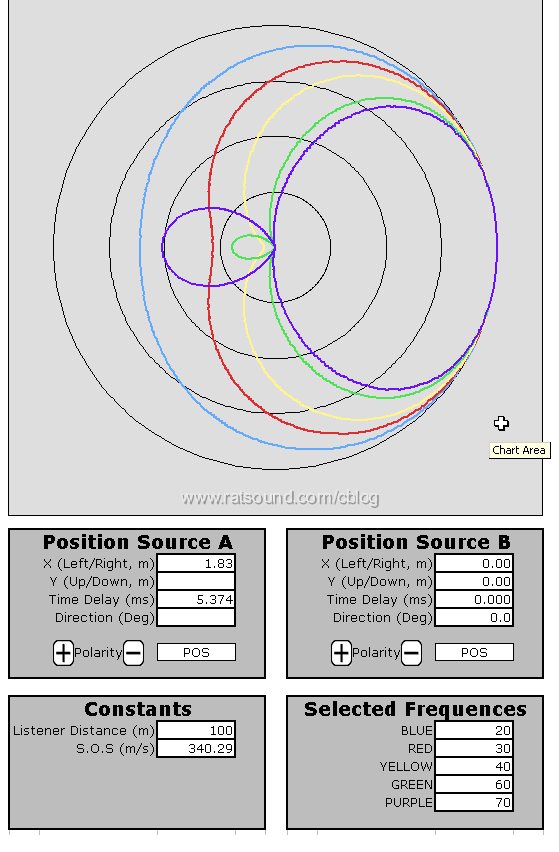
All in all we are seeing a good amount of cancellation and due to the various combos, it should be a well spread attenuation rather than concentrated in a narrow frequency range.
The Listening System
Moving on, check this out! We have four pairs of wireless transmitters/receivers with high quality omni lavaliere mics attached. These Sennheiser units are the same systems that video cameras use for wireless audio on transmission/reception and the receivers are the same units that are used for in ear systems. And while I am at it, and for some shameless self promotion, if you need any Sennheiser or any audio gear for that matter, give Daniella a shout at the Rat office and she will hook you up with great deal. Ha, tell her you are a friend of Dave Rat!
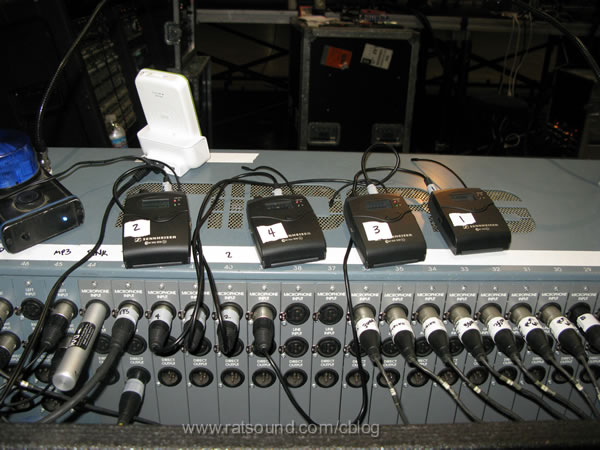
And Nick the Fly with the mics and transmitters.
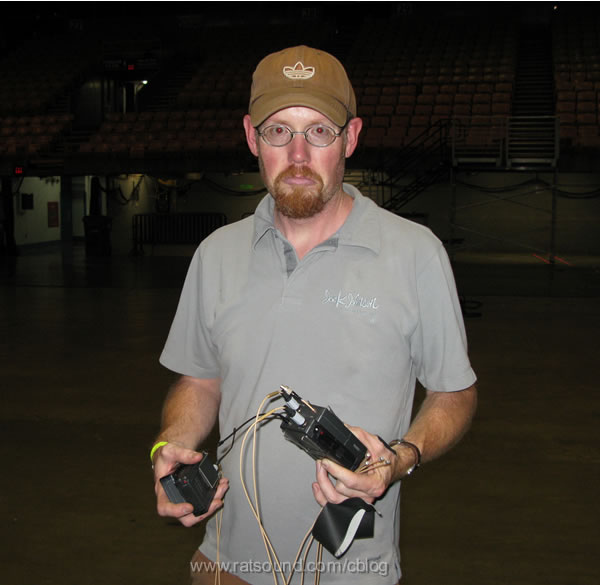
We can place these at various locations in the venue. Though the mics are not perfectly flat in response, they are close. Since the data I am looking for is simple frequency response, we have the four mics and a hardwired RTA mic all run into console channels. We have calibrated by placing them next to each other and set gains so they all read the same sensitivity. So now I can PFL any of the mics and see the response of that mic on the RTA. I do not really care if the read out is flat, what matters is that the mics give me an RTA reading that looks like RTA reading from the reference mic at FOH mix position.
So now, very simply I can see on the RTA and hear in my headphones various locations during setup and sound check and we don't have to run a bunch of stupid mic cables all over the place. So far we have not built housings for the transmitter so that they can live in the audience during the show, but we are pondering a method.
These reference mics give us the power to quickly figure out if the sub Vortex system is working as desired, are totally wireless and easily transmit the distances we are dealing with.
Oh, and just for the heck of it, here is a link to the SB28 owners manual.
http://www.l-acoustics.com/manuels/SB28_UM_ML_1.0.pdf
**** End Sound Nerd Speak ****
Hmmm, did I mention that the drum riser flies? And spins, and tilts and Travis rocks the house in a huge way. Really cool to see and I get to push those subs right on up to vision blur mode! Check out this sexy setup!
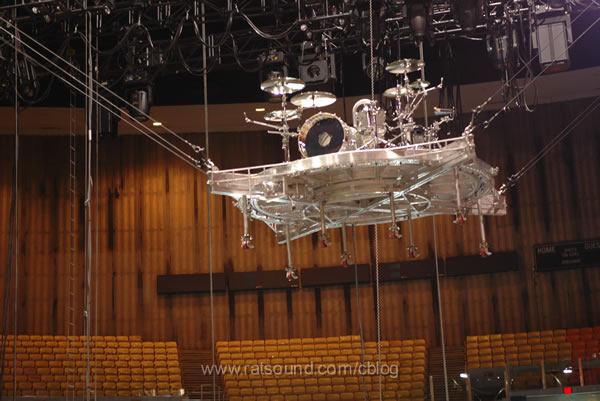
And to further soften the landing from all the heady sound nerd world, this is my shorty Sammy
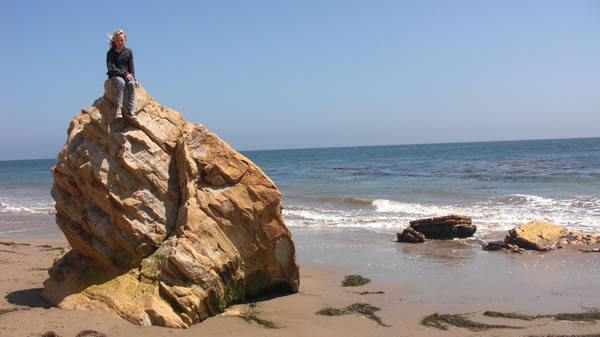
This here would be my other shorty, Maddie and the cookie we made. Why make a bunch of little ones when you can make one huge one. Go big!
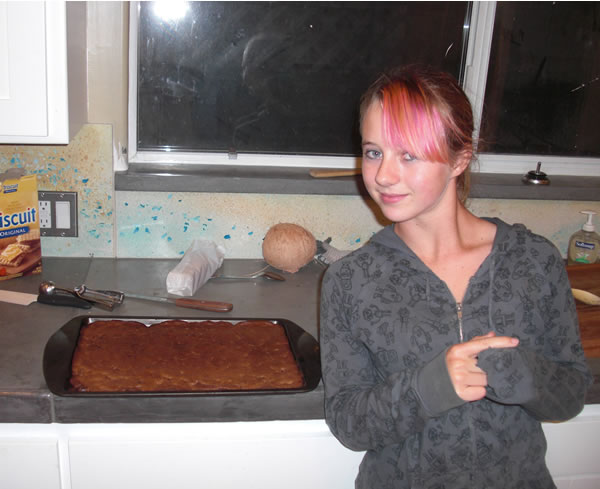
And hey, there Taco!
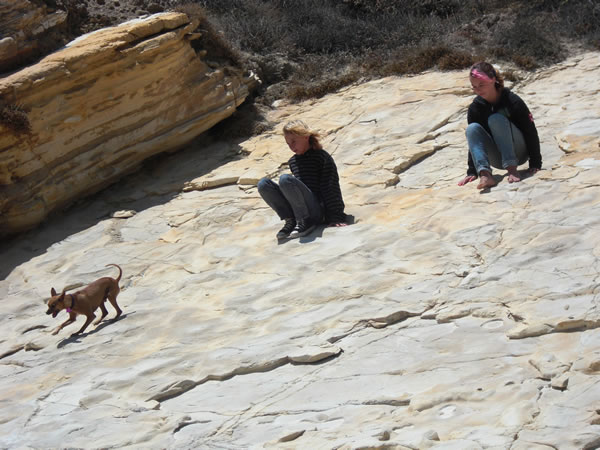
Nick the fly, me and hey, my dad, say hello papa Rat!
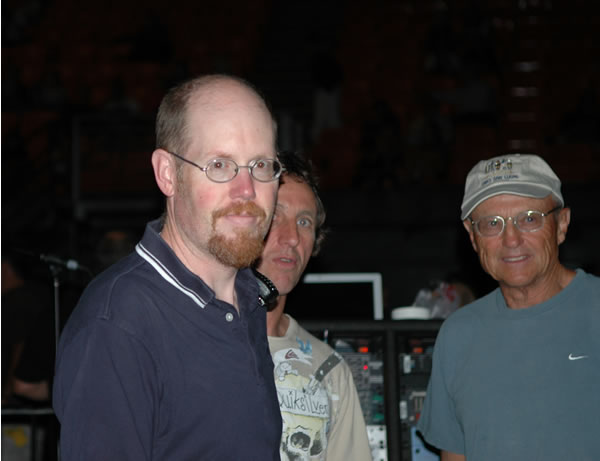
My friend for over 35 years, say hey to Brian Rat who started the company with me. We did a bit of surfing at San Onofre before I left.
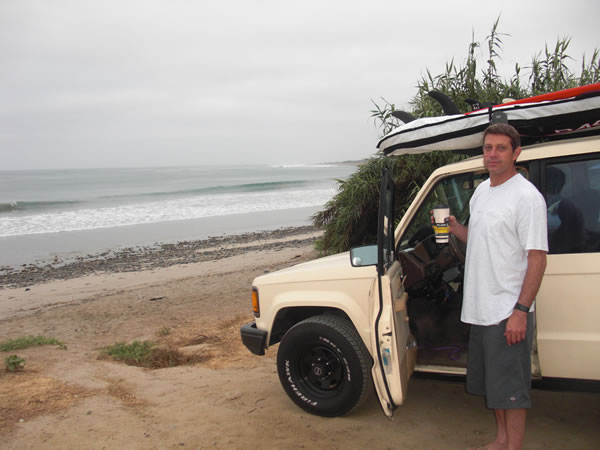
Don't mess with Taco! He is my guard blog.
27_taco.jpg)
Next up, lasers and perhaps a new name suggestion has been put forward for the Vortex. This one may be a hard one to beat!
Dave Rat
